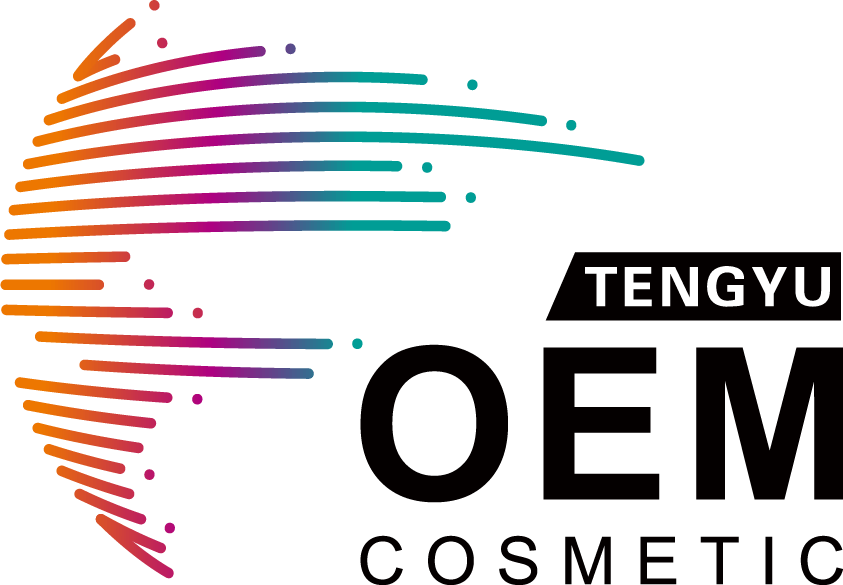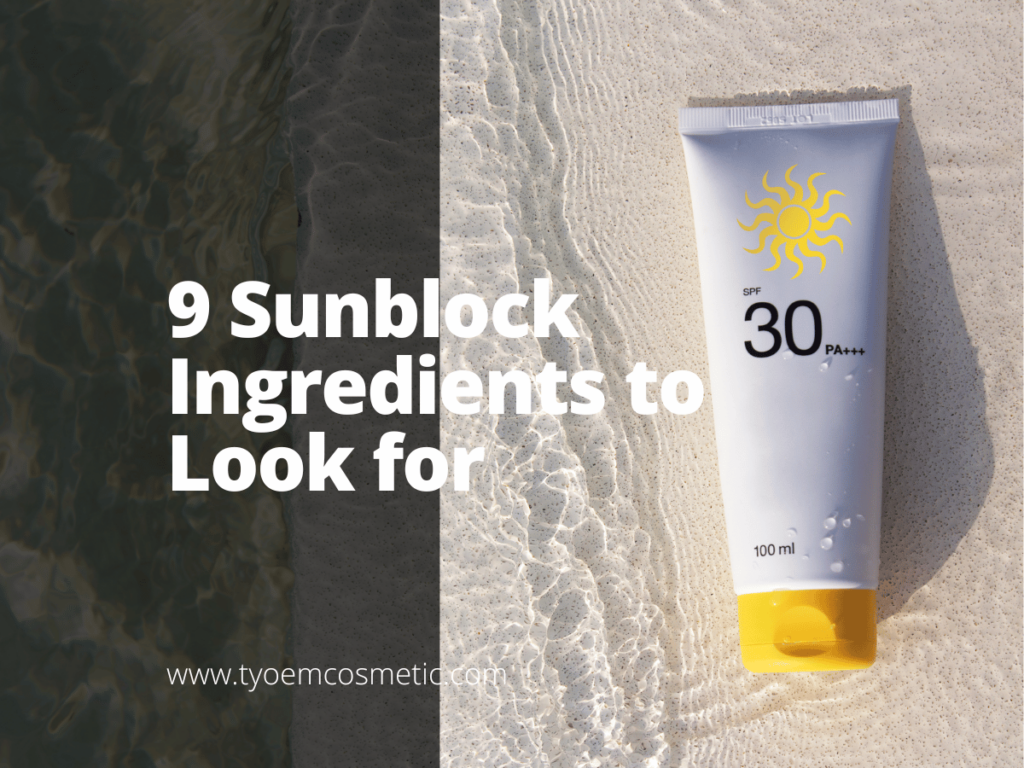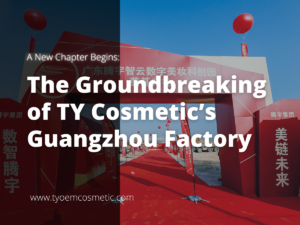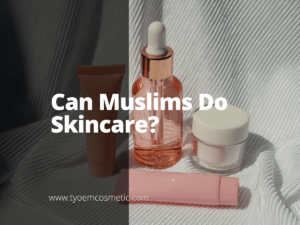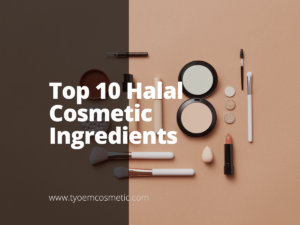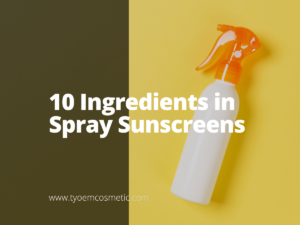Ever wondered why some sunblocks are both effective and gentle? It’s the sunblock ingredients—they protect and nourish the skin. Knowing these ingredients could transform any sun care strategy.
In assembling this list, I’ve poured over research and engaged with skin care specialists, focusing on ingredients that offer both high performance and are gentle on the skin.
Here’s a sneak peek into two of the powerhouse components we’ll be exploring:
- Zinc Oxide
- Titanium Dioxide
In this guide, we’ll dive deep into the benefits and science of these ingredients and more, equipping you with the knowledge to choose sunblocks that offer superior protection and quality.
Read on for their scientific benefits.
1. Zinc Oxide
Zinc Oxide, ideal for sensitive skin, is gaining market traction, with its value projected to grow at a 2.1% CAGR to USD 4796.7 million by 2028, according to LinkedIn. Below are the key benefits, pros, and cons in sunblock formulations:
Benefits for Skin Protection
- Full Spectrum Defense: Zinc Oxide is a full-spectrum blocker, guarding the skin against the full range of UVA and UVB rays. This coverage is essential in preventing skin cancer and premature aging.
- Skin Compatibility: It’s hypoallergenic and non-irritating for most skin types, making it a go-to for formulations aimed at sensitive skin.
- Therapeutic Effects: Zinc Oxide is not just a sunblock; it’s also recognized for its wound healing and antibacterial properties, which are beneficial for acne-prone or damaged skin.
Pros of Zinc Oxide
- Non-Comedogenic: Zinc Oxide won’t clog pores, reducing the risk of acne.
- Gentle Reaction: It is less likely to cause skin irritation, making it ideal for sensitive skin, including children and adults.
- UV Reflection: Reflects UV rays, providing extra protection and suitability for long-term sun exposure.
Cons of Zinc Oxide
- White Cast: Can leave a white residue on the skin, affecting aesthetic appeal.
- Thicker Consistency: Its texture might be too heavy for those preferring lightweight sunblocks.
- Allergic Reactions: Rare but possible allergic responses, as reported by MSU, are a consideration for those seeking hypoallergenic options.
- Diverse Needs: These factors emphasize the need for careful ingredient selection to cater to different consumer preferences.
2. Titanium Dioxide
Titanium dioxide is valued for its UV reflecting abilities and skin-friendly nature. Below are the benefits, pros, and cons to help understand why it’s a valued component in sun protection products:
Benefits for Skin Protection
- UV Light Scattering: Titanium Dioxide scatters UV light and reflects it away from the skin, providing a physical barrier against the sun’s damaging effects.
- Cosmetic Appeal: This ingredient is often used for its brightening effect on the skin, which can enhance the visual appeal of sunblock when applied.
- Low Risk of Sensitivity: Its low potential for skin irritation makes it a reliable choice for sensitive skin formulations.
Pros of Titanium Dioxide
- Strong UV Protection: Offers robust defense against UVB and short UVA rays, greatly minimizing sunburn and skin damage risks.
- Skin Gentleness: Its mild nature makes it ideal for sensitive skin formulations.
- Eco-Friendly: As a natural mineral, Titanium Dioxide is an environmentally conscious choice for sunblock.
Cons of Titanium Dioxide
- White Cast: Can leave a noticeable white residue on the skin, particularly in high-concentration formulas.
- Limited UVA Effectiveness: Less effective against long UVA rays unless paired with other UV filters.
- Nanoparticle Concerns: The use of nanoparticles raises ongoing health and safety debates.

3. Avobenzone
Avobenzone, a key component in sunblock, offers robust protection against both UVB and UVA rays. Below, we explore the benefits, pros, and cons that underscore Avobenzone’s vital role in sun protection products:
Benefits for Skin Protection
- UVA Absorption: Avobenzone absorbs skin-damaging UVA rays, which are known to contribute to premature aging and risk of skin cancer.
- Stabilization Capabilities: When stabilized properly, it can provide longer-lasting protection, maintaining the sunblock’s effectiveness throughout the day.
- Compatibility: Its liquid form blends well with other ingredients, allowing for seamless integration into various sunblock textures.
Pros of Avobenzone
- Broad UVA Absorption: Avobenzone is known for its ability to absorb a wide range of UVA rays, playing a crucial role in preventing deep skin damage and premature aging.
- Efficiency in Small Amounts: It’s highly effective even in minimal quantities, allowing for lightweight and comfortable sunblock formulations.
- Enhanced Protection: Avobenzone’s versatility allows it to work well with other sunscreen agents, boosting the sunblock’s overall protective capabilities. It’s this blending of safety and efficacy that really sets Avobenzone apart in the world of sun care.
Cons of Avobenzone
- Sunlight Degradation: A notable drawback is its tendency to degrade in sunlight, reducing effectiveness over time without proper stabilization.
- Formulation Challenges: This instability necessitates the use of additional stabilizing ingredients, which can complicate the formulation process.
- Skin Sensitivity Risks: There’s a risk of skin sensitivity, including mild irritation or allergic reactions, in some individuals.
4. Octinoxate
Octinoxate is a widely-used chemical sunscreen agent known for its effectiveness against UVB rays. Below are the insights into its benefits, pros and, cons, which are essential for informed sunblock formulation decisions:
Benefits for Skin Protection
- UVB Filtering: It specifically targets UVB rays, helping to prevent burns and long-term skin damage.
- Formulation Flexibility: Due to its liquid form, octinoxate is easy to incorporate into various formulations without affecting consistency.
- Synergistic Effect: It enhances the effectiveness of other sunscreen agents, improving the product’s overall sun protection factor (SPF).
Pros of Octinoxate
- UVB Ray Protection: Octinoxate excels at guarding against UVB rays, which are mainly responsible for sunburn and skin damage.
- Lightweight Application: Its lightweight consistency ensures easy application and absorption, ideal for everyday sunscreen use.
- Complementary Blending: The ability of Octinoxate to integrate smoothly with other sunscreen ingredients boosts the overall efficacy of the product. In the realm of UVB protection, Octinoxate really shines, offering both reliability and user-friendliness.
Cons of Octinoxate
- Health Impact Concerns: There’s apprehension about its estrogenic effects, which could potentially disrupt hormonal balance.
- Environmental Effects: Octinoxate has been implicated in coral bleaching, raising significant environmental concerns.
- Skin Sensitivity Issues: Due to its chemical nature, it may not be ideal for sensitive skin, as it can sometimes cause allergic reactions. For instance, those with particular skin sensitivities might experience discomfort or irritation.
Here’s a table outlining potential skin sensitivity issues associated with certain skincare ingredients:
| Concern | Description | Impact on Sensitive Skin |
| Chemical Nature | Some skincare products contain chemicals that may be harsh on sensitive skin. | Can lead to allergic reactions or irritations. |
| Sensitivity Reactions | Potential discomfort or irritation in individuals with sensitive skin. | Ingredients may trigger adverse skin responses, such as redness, itching, or rash. |
| Not Ideal for Sensitive Skin | Products with certain chemical compositions might not be suitable. | Individuals with sensitive skin need to be cautious and opt for products specifically formulated for their skin type. |
| Need for Patch Testing | Importance of conducting a patch test before using a new product. | Helps identify any adverse reactions before applying the product more broadly. |
5. Oxybenzone
Oxybenzone is a chemical sunscreen ingredient recognized for its broad-spectrum UV protection. Below are the detailed analyses of its benefits, pros and cons, crucial for comprehensive sunblock development:
Benefits for Skin Protection
- Broad-Spectrum Absorbance: Oxybenzone is capable of absorbing not just UVB, but also short-wave UVA rays, providing broader protection against the sun.
- Cosmetic Versatility: It does not leave a white cast and is relatively invisible on the skin, which enhances the aesthetic appeal of sunblock.
- Enhanced Sun Protection: When combined with other UV filters, oxybenzone can increase the SPF value of sunblock, offering more robust protection.
Pros of Oxybenzone
- Broad-Spectrum Absorption: Oxybenzone is known for its efficiency in absorbing a wide range of UV wavelengths, offering thorough protection against both UVA and UVB rays.
- Lightweight Consistency: Its non-greasy texture enhances the comfort of sunblocks, especially for daily use.
- SPF Enhancement: It significantly boosts the SPF rating, providing higher levels of sun protection – a feature TY Cosmetic values in crafting superior sun care products.
Cons of Oxybenzone
- Environmental Impact: Oxybenzone has been implicated in harming coral reefs and marine life, leading to its ban in certain areas. As an advocate for the environment, this aspect of Oxybenzone is particularly concerning to me.
- Health Concerns: There’s debate over its potential as an endocrine disruptor, raising questions about its safety in skincare.
- Skin Penetration Issues: The concern about its absorption into the skin has made it less favored by those preferring sunblocks that stay on the skin’s surface.
6. Octocrylene
Octocrylene is a chemical UV filter known for its effectiveness and stability in sunblock formulas. Below are the key insights into its benefits, pros, and cons, essential for informed sun protection choices:
Benefits for Skin Protection
- UVB Absorption: Octocrylene primarily absorbs UVB rays, which are responsible for causing sunburn and contributing to the risk of skin cancer.
- Photo-Stability: It helps stabilize other sunscreen ingredients, extending the efficacy of the sunblock.
- Moisturizing Properties: Octocrylene can also offer moisturizing benefits, improving the skin feel of the sunblock product.
Pros of Octocrylene
- Effective UVB Protection: Octocrylene is particularly adept at shielding the skin from UVB rays, which are a primary cause of sunburn and related skin damage.
- Water-Resistant Properties: Its ability to resist water makes it perfect for sunscreens used during swimming or physical activities.
- Stability Enhancement: Octocrylene improves the stability of other UV filters in sun blocks, enhancing overall effectiveness and longevity. The resilience of Octocrylene under sun exposure is a game changer in durable sun protection.
Cons of Octocrylene
- Skin Allergy Risk: Some concerns exist about its potential to cause skin allergies, particularly in sensitive individuals.
- Environmental Concerns: Its impact on marine life and coral reefs has brought Octocrylene under environmental scrutiny.
- Skin Penetration: The ingredient’s ability to penetrate the skin leads to debates about its systemic exposure and long-term effects. For example, this raises questions about its safety over extended use.
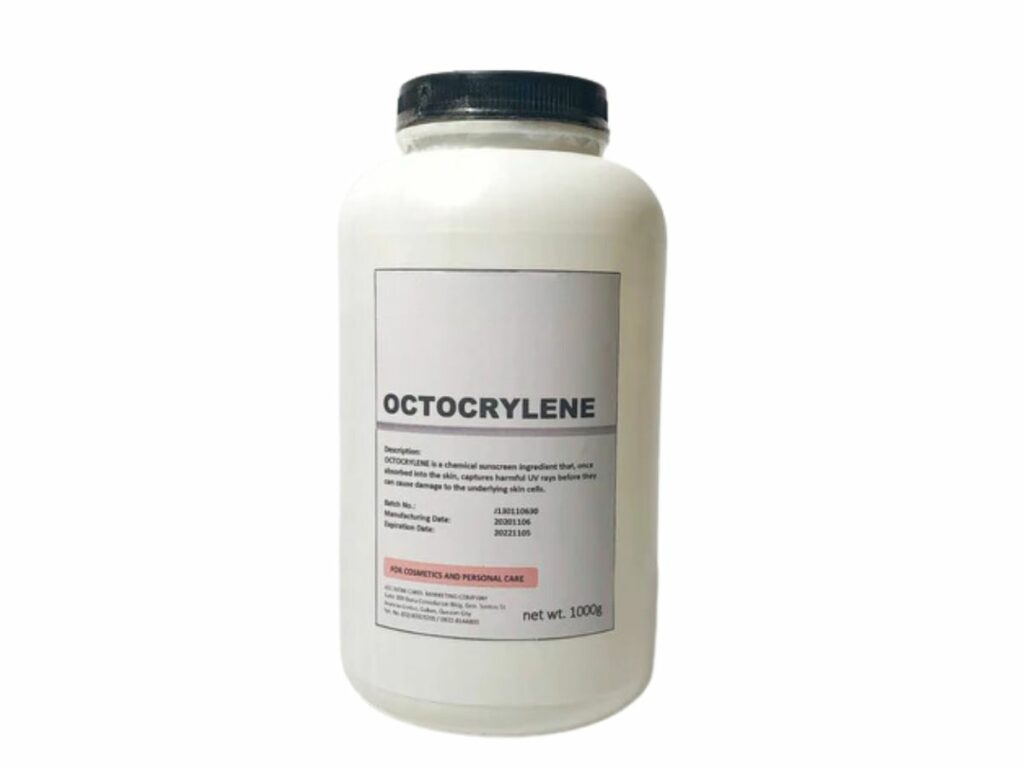
7. Homosalate
Homosalate is known for its efficiency in sunblock, particularly in filtering UVB rays. Below are the essential details of its benefits, along with its pros and cons, for comprehensive sun care formulations:
Benefits for Skin Protection
- UVB Protection: Homosalate is effective at absorbing UVB rays, reducing the risk of sunburn and related skin damage.
- Solubility: Its oil-soluble nature allows for easy blending in sunblock formulations, improving the texture and application experience.
- Enhanced SPF: It can enhance the efficacy of other UV filters, boosting the sunblock’s SPF rating.
Pros of Homosalate
- UVB Ray Efficacy: Homosalate is effective at absorbing UVB rays, key in preventing sunburn and lowering skin cancer risk.
- Formulation Compatibility: Its solubility in oil allows for easy blending in sunblock formulas, improving texture and user experience.
- SPF Enhancement: Homosalate boosts the efficacy of other UV filters, increasing a product’s SPF for broader sun protection. Homosalate’s versatility in formulation is a significant asset in product development.
Cons of Homosalate
- Hormonal Disruption Concerns: There’s debate over its potential hormonal impact, especially with frequent or prolonged use.
- Environmental Impact: Homosalate contributes to coral reef deterioration, presenting an issue for eco-conscious brands and consumers.
- Skin Penetration: Its absorption into the skin has raised questions about long-term systemic effects, a consideration for TY Cosmetic in creating safe, effective products.
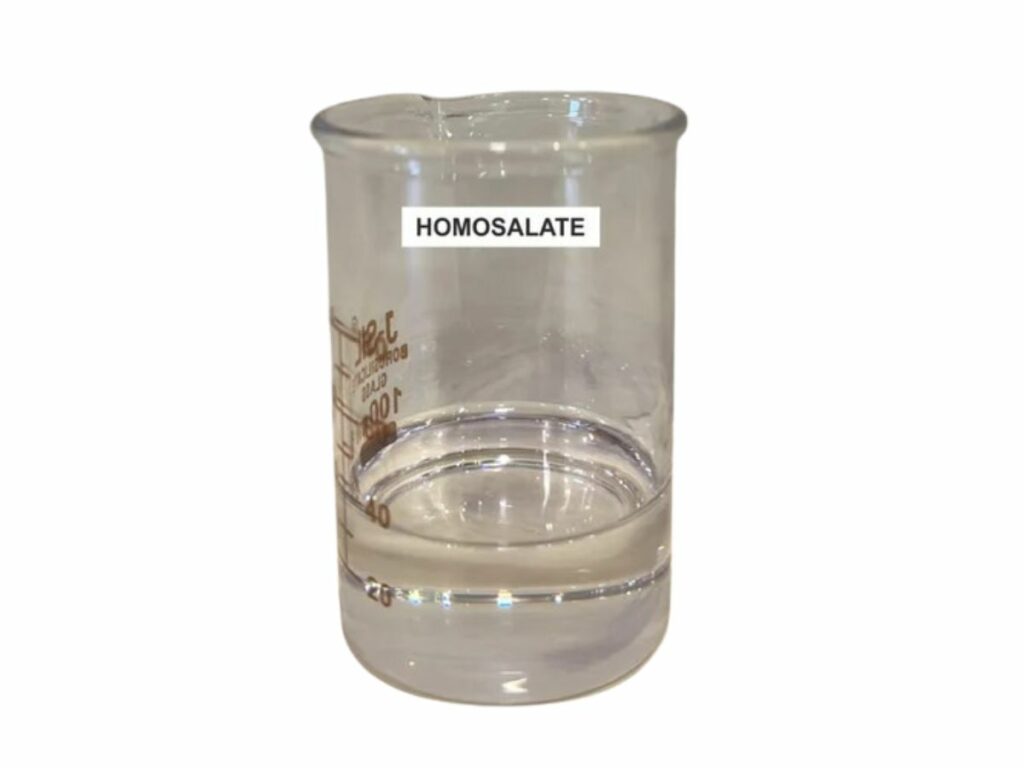
8. Hyaluronic Acid
Hyaluronic Acid is celebrated for its exceptional hydrating properties in skincare, including sunblock. Below are the key aspects of its benefits and limitations in sun protection formulations:
Benefits for Skin Protection
- Hydration: Hyaluronic Acid is renowned for its ability to hold up to 1000 times its weight in water, providing deep and sustained hydration to the skin after sun exposure.
- Skin Repair: It supports the skin’s repair processes, which is crucial after UV exposure.
- Anti-Aging: By helping to plump the skin, it reduces the appearance of fine lines and wrinkles that can be exacerbated by sun damage.
Pros of Hyaluronic Acid
- Superior Hydration: Hyaluronic Acid excels in hydrating the skin, drawing and retaining moisture to maintain suppleness and plumpness.
- Counteracts Sun Drying: In sunblock, it is particularly beneficial for offsetting the sun’s drying effects on the skin.
- Versatile Skin Repair: It aids in repairing sun damage and is suitable for various skin types, making it a staple in skincare. The hydrating prowess of Hyaluronic Acid is a boon, especially in mitigating the harsh impacts of sun exposure.
Cons of Hyaluronic Acid
- Dependent on Humidity: In low humidity environments, it may pull moisture from the skin, which can lead to dryness.
- Lacks UV Protection: While it provides excellent hydration, Hyaluronic Acid does not offer UV protection and must be paired with sunblock ingredients for full sun care.
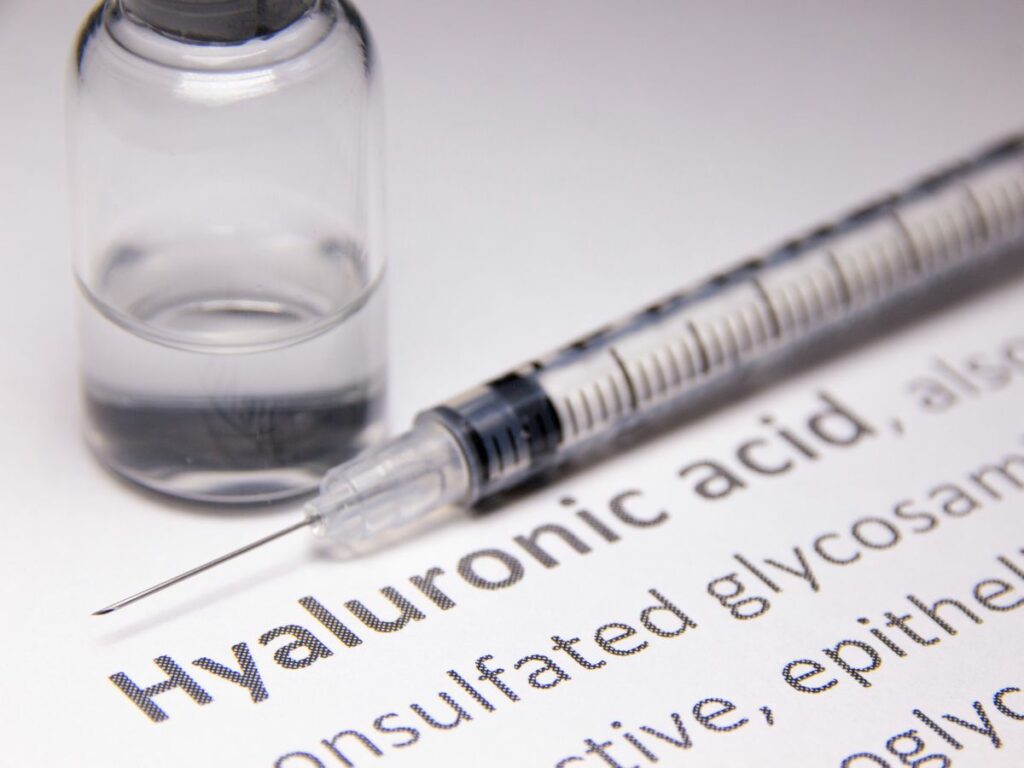
9. Glycerin
Glycerin is a renowned humectant in skincare, offering significant hydration benefits in sunblock formulations. Below are the essential details on its advantages and limitations for comprehensive sun care:
Benefits for Skin Protection
- Moisture Retention: Glycerin draws moisture into the skin, which is essential for maintaining hydration after sun exposure.
- Skin Barrier Protection: It strengthens the skin’s natural barrier, helping to protect against environmental damage.
- Soothing Properties: Glycerin has soothing properties that can calm sun-stressed skin, reducing the sensation of tightness or dryness.
Pros of Glycerin
- Superior Moisturization: Glycerin is celebrated for its ability to draw moisture into the skin, ensuring sustained hydration.
- Versatile Compatibility: It works well with various skincare ingredients, enhancing its use in diverse sunblock formulations.
- Gentleness for All Skin Types: Glycerin is suitable for all skin types, bolstering the skin’s natural barrier for a healthier, hydrated look. Glycerin’s role in maintaining skin hydration is especially crucial in sun-exposed conditions.
Cons of Glycerin
- Humidity-Dependent: In humid environments, glycerin can make the skin feel sticky by attracting too much moisture from the air.
- Moisture Drawing in Dry Conditions: In arid conditions, it might pull moisture from within the skin, leading to dryness.
- Lack of UV Protection: Though excellent for hydration, glycerin doesn’t protect against UV rays, requiring pairing with actual sunscreens for effective sun care.
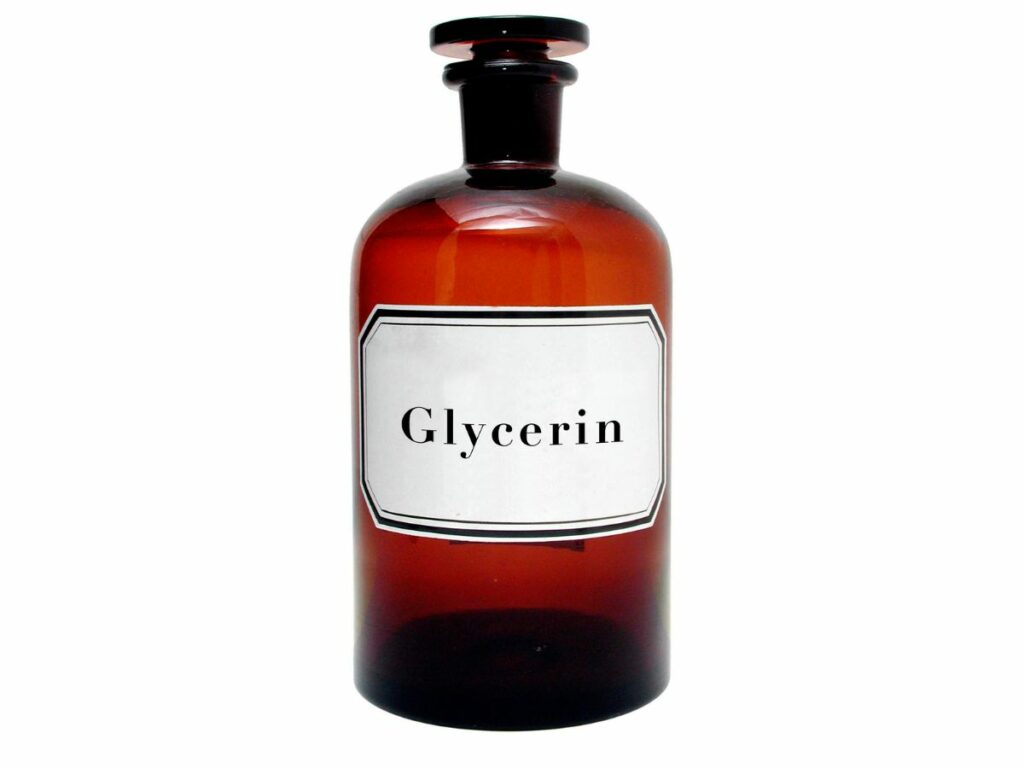
Dive Deeper Into Our Resources
Interested in discovering more? Gain instant access to our diverse range of products:
Still haven’t found what you’re looking for? Don’t hesitate to contact us. We’re available around the clock to assist you.
Conclusion
In navigating the complex world of sunblock ingredients, this guide offers a clear path to understanding their roles and effects. By selecting the right components, you can significantly elevate your product’s effectiveness and appeal.
Ready to enhance your sunblock formulation with expert insights? TY Cosmetic is here to guide you every step of the way. Learn about our offerings and partner with us for top-tier products – Contact us now.
